Marcel Gromaire (1892-1971)
Get a Gromaire Certificate of Authenticity for your painting (COA) for your Gromaire drawing.
For all your Gromaire artworks you need a Certificate of Authenticity (COA) in order to sell, to insure or to donate for a tax deduction.
Getting a Gromaire Certificate of Authenticity (COA) is easy. Just send us photos and dimensions and tell us what you know about the origin or history of your Gromaire painting or drawing.
If you want to sell your Gromaire painting or drawing use our selling services. We offer Gromaire selling help, selling advice, private treaty sales and full brokerage.
We have been authenticating Gromaire and issuing certificates of authenticity since 2002. We are recognized Gromaire experts and Gromaire certified appraisers. We issue COAs and appraisals for all Gromaire artworks.
Our Gromaire paintings and drawings authentications are accepted and respected worldwide.
Each COA is backed by in-depth research and analysis authentication reports.
The Gromaire certificates of authenticity we issue are based on solid, reliable and fully referenced art investigations, authentication research, analytical work and forensic studies.
We are available to examine your Gromaire painting or drawing anywhere in the world.
You will generally receive your certificates of authenticity and authentication report within two weeks. Some complicated cases with difficult to research Gromaire paintings or drawings take longer.
Our clients include Gromaire collectors, investors, tax authorities, insurance adjusters, appraisers, valuers, auctioneers, Federal agencies and many law firms.
We perform Marcel Gromaire art authentication. appraisal, certificates of authenticity (COA), analysis, research, scientific tests, full art authentications. We will help you sell your Marcel Gromaire or we will sell it for you.

Marcel Gromaire was a French Expressionist painter and designer born in Noyelles-sur-Sambre. Gromaire originally studied law in Paris, and even received his diploma, but he is essentially drawn to art. While he was beginning his own independent studies, Gromaire was called away to fight in the war from 1912 until 1916 when he was wounded. While serving in the war, Gromaire continued to draw and sketch while traveling and fighting all over Europe. Not surprisingly, the war was also an influence on Gromaire’s work and is echoed in a number of his compositions.

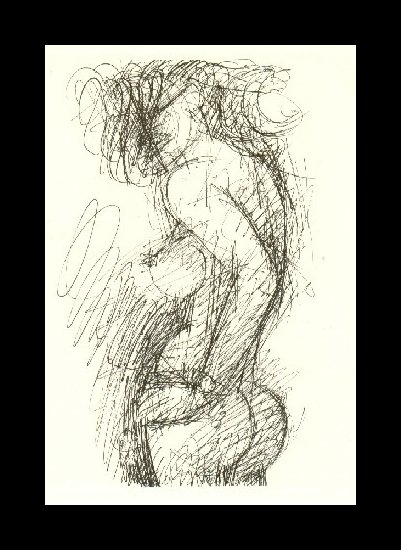

While Gromaire was essentially a self-taught artist, he would often frequent the studios in Montparnasse to study his fellow artists. Matisse was a big influence on Gromaire, and he was able to study his style briefly at the Academie de la Palette and the Academie Ranson.
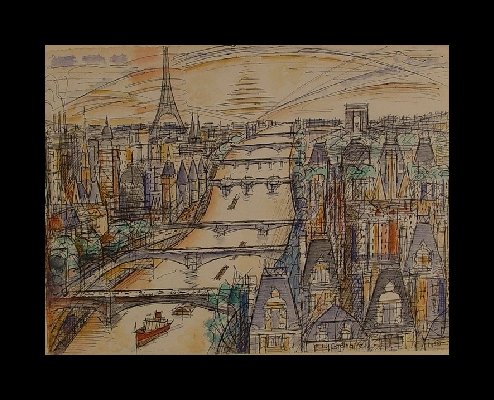


In 1919, Gromaire was able to return to Paris where he began to receive some notoriety as a painter. His work is highly admired by one Dr. Girardin who bought a great deal of his paintings. Upon Dr. Girardin’s death in 1953, some 80 oil paintings were donated to the Museum of Modern Art in Paris. These post-war paintings show a German-Impressionist influence, as well as Gromaire’s interest in Flemish art.
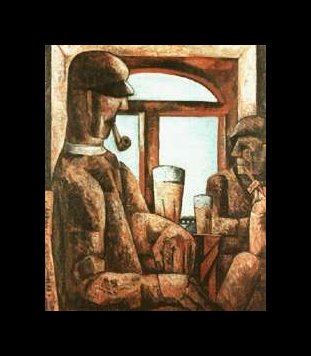
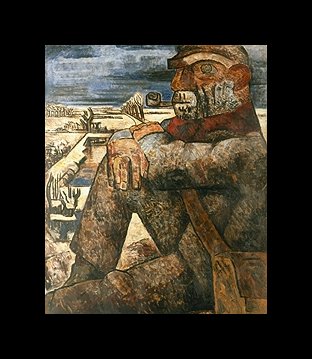
During his lifetime, Gromaire exhibited extensively in the United States, Germany and France. He won the Legion of Honor in 1954, and also the National Guggenheim prize in 1956. Gromaire also taught at the Ecole Nationale Superieure from 1950 to 1962 as a professor. Not just an artist, Gromaire was also a writer and often wrote critiques and opinion articles about art and cinema.

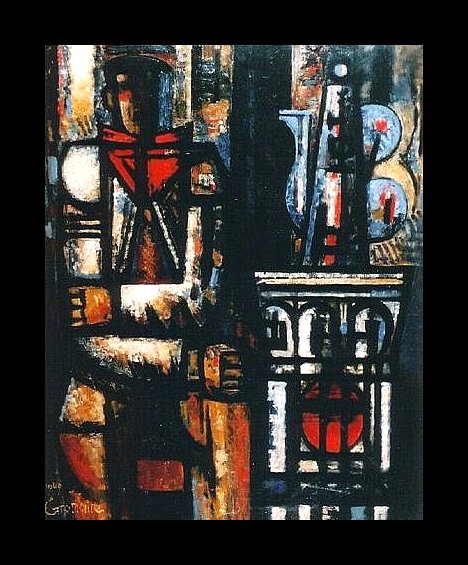
Gromaire’s art is not nearly as well known as his contemporaries, but his artistic talent is undeniable, and his compositions are still highly valued at auction today. Furthermore, his style was never the same, perhaps making it hard for one to distinguish whether one of their prized family heirloom paintings was indeed by Gromaire or not. In fact, it appears that Gromaire was even inspired by Cubism for his 1950 painting “Blonde Nude at the Window”.

Whether it is a sketch of a nude or a political post-World War I painting you may own, let us help you determine whether it was painted by Marcel Gromaire.
Reviews
1,217 global ratings
5 Star
4 Star
3 Star
2 Star
1 Star
Your evaluation is very important to us. Thank you.
